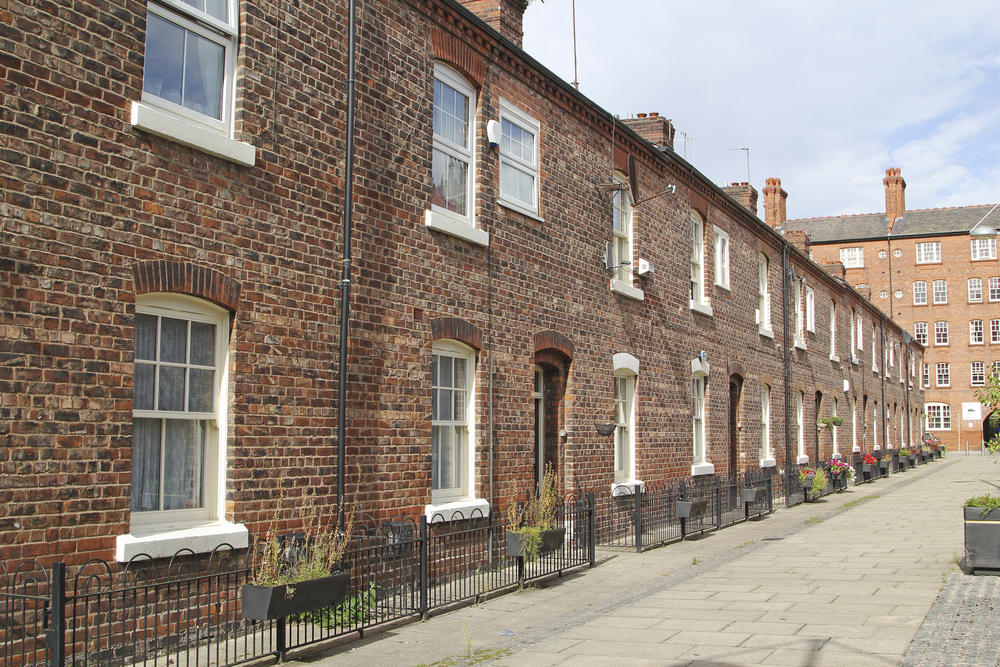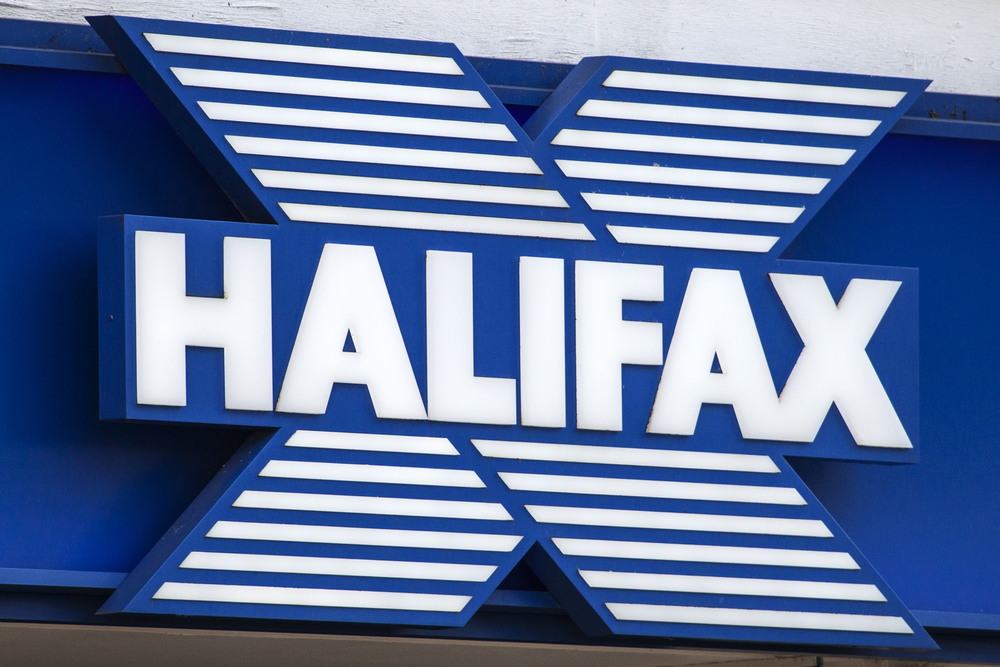
House prices increased by 0.3% in August, after 0.9% rise in July and year-on-year prices are up 4.3%, the strongest rate since November 2022. This is according to the latest Halifax House Price Index.
Higher annual growth largely reflects the base impact of weaker prices a year ago. A typical property now costs £292,505 (compared to £291,585 in July), highest since August 2022
Northern Ireland continues to record the strongest property price growth of any nation or region in the UK, rising by +9.8% on an annual basis in August. The average price of a property in Northern Ireland is now £201,043.
House prices in Wales also recorded strong growth, up +5.5%, compared to the previous year, with properties now costing an average of £224,433.
Scotland saw a more modest rise in house prices, where a typical property now costs £205,144, +1.7% more than the year before.
The North West once again recorded the strongest house price growth of any region in England, up by +4.0% over the last year, to sit at £232,917.
London continues to have the most expensive property prices in the UK, now averaging £536,056, up +1.5% compared to last year.
Homebuyers confident
Commenting on the latest figures Halifax head of mortgages Amanda Bryden said: ““Recent price rises build on a largely positive summer for the UK housing market. Prospective homebuyers are feeling more confident thanks to easing interest rates. That optimism is reflected in the latest mortgage approval figures, now at their highest level in almost two years.”
She added: “Such has been the resilience of house prices that the average property is now just £1,000 shy of the record high set in June 2022 (£293,507). While this is welcome news for existing homeowners, affordability remains a significant challenge for many potential buyers still adjusting to higher mortgage costs.
“However with market activity picking up and the possibility of further interest rate reductions to come, we expect house prices to continue their modest growth through the remainder of this year.”
Ingenious managing director of real estate Tom Brown said the latest data showed that the resilience and appeal of the UK property sector persists. “Though we have seen higher inflation and sticky borrowing rates, we welcome the BoE’s recent rate cut and what will hopefully be the start of the much needed falling rate cycle.
Housing supply
“There’s clearly a significant and notable shortage of housing inventory across various price brackets and locations. Consequently, any decline in homeowner sales is likely counterbalanced by increased demand from renters and investors. This is a trend that is not going away. However, it’s crucial to recognise that the situation isn’t consistent nationwide or across different property pricing brackets.”
He added: “It’s helpful to delve into subsectors and regional dynamics when assessing opportunities, as a broad market view can be misleading. In the real estate sector, we’re seeing significant investment capital for assets for long-term rental. On account of their scale and buying power, these typically institutional investors face fewer disruptions than owner occupiers or small-scale Buy-to-let investors.”
Octane Capital chief executive Jonathan Samuels agreed that the housing market had certainly stabilised during the first half of this year with a hold on interest rates helping to reduce market uncertainty.
“We’re now seeing momentum start to build following the base rate reduction at the start of August.
“Of course, whilst positive for homebuyers, interest rates remain considerably higher than we’ve seen in recent years, so it’s certainly a case of not running before we can walk and not overborrowing prematurely based on hopes of future rate cuts.”



